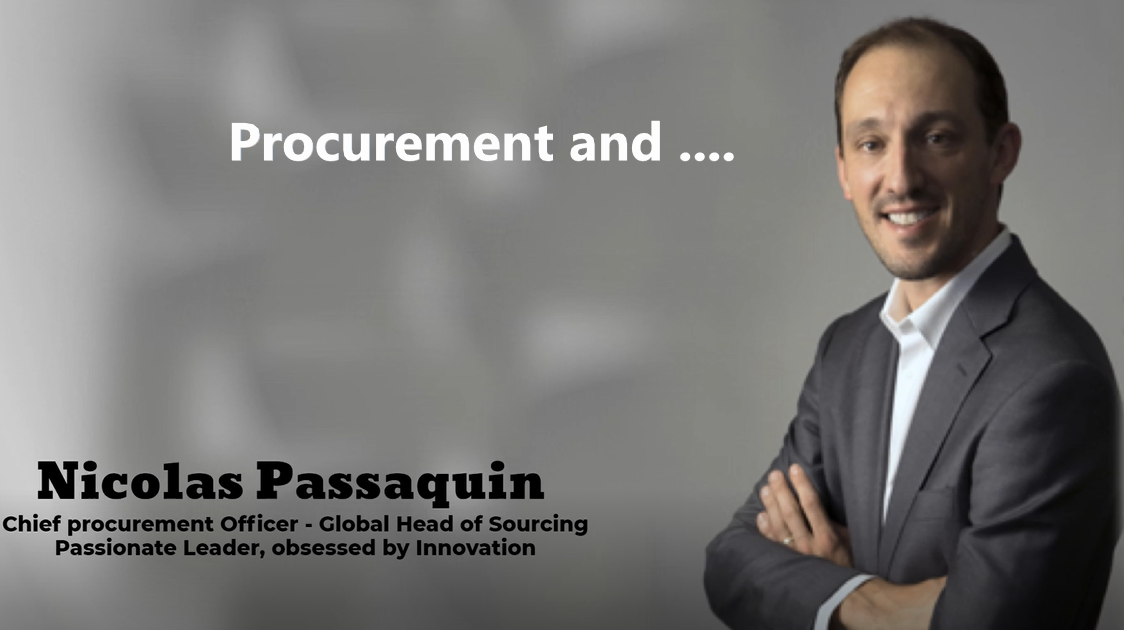
Procurement & Stakeholder Management
Back to a more generic subject this time talking about stakeholder management. While it is a critical skill for Procurement, I believe that the principles and the approaches I described below are applicable to collaboration in general and are foundational to success in delivering projects and activities requiring support from others.
What is a Stakeholder and what is Stakeholder Management ?
A Stakeholder is an individual or a group that has a stake in the outcome of a project, and that must participate actively, or, change as a result procedure, attitude, skillset,... It includes, among others, customers, suppliers, board of directors, management, employees, investors/shareholders, community interest groups, regulatory authorities, etc... Put simply, it is “anyone affected by a decision and interested in its outcome”. It includes individual or group, both inside and outside your organization.
Stakeholder management is the process of managing the expectation of anyone that has an interest in the work/project you are doing or will be affected by its deliverables or outputs. Running a successful project requires a high degree of stakeholder management. It is an important discipline that is used to win support from others. It helps to ensure that your project succeeds. We are not likely to be able to “manage” stakeholders in the traditional management sense, but we can manage the relationship with them in a systematic way. We need to do so because stakeholders have a significant impact on the Project outcome (success or failure).
Why is it important?
Managing Stakeholder is important for multiple reasons, Procurement team will gain insights and, done well, it:
- Improve performance by promoting fact-based decision making as we have the underlying stakeholders and suppliers' insight,
- Help understanding what provides the most value to our stakeholders and to the company,
- Help create solutions and plans that are based on real stakeholder needs,
- Improves operational efficiency by focusing resources on activities which matters the most.
The payoffs you will get from structured stakeholder management are:
- Better decisions,
- Improved performance,
- Greater confidence, and
- Increased value.
How do you do it ?
The value created by building and maintaining good and productive relationships with stakeholders is relatively simple to understand. The systematic approach is what will make a difference. There are many ways to do it but I suggest a three steps approach: 1) Understand & Analyse, 2) Adapt & Deliver, 3) Evaluate & Evolve.
Step 1 – Understand and Analyse the Stakeholders: Understand the types of stakeholders and adopt different strategies in relation to the different types of stakeholders. First, it is to think of all the people who are affected by the project, who have influence or power over it, or have an interest in its successful or unsuccessful conclusion. Identify all of them before prioritizing. Once you listed them, you could map out your stakeholders using a Power/Interest Grid :
Someone’s position on the grid shows the actions we have to take with them:
You should think as well about maintaining this stakeholder map – The process of identifying, prioritizing and engaging stakeholders is not a once-only event. The stakeholder community evolves as stakeholders move or leave ; or their relative importance of power and influence changes over time. Procurement professionals must review their stakeholder map periodically.
Step 2 - Adapt & Deliver: It seems obvious but once you've engaged with stakeholders and prioritize the relative importance of those relationships, you should adapt your plan and brainstorm how to deliver your project or initiatives creating the value expected taking into account the stakeholders expectations. I have seen too many times great professionals moving on with the initial plan after having engaged without thinking about what they heard and how to incorporate that !
Step 3 - Evaluate & Evolve: Gather stakeholder feedback and measure performance against established business metrics. Create channels and processes to collect feedback and supplement data and performance measures with ongoing dialog. Make sure you use all of those elements collected to continuously improve your engagement methodology and review your project lifecycle.
Stakeholder management could be a topic covered in multiple articles as it is vast and complex. I believe that the most important element to remember is to be mindful of who you need to engage with, be proactive in getting to those, incorporate their feedback and continuously adapt !

